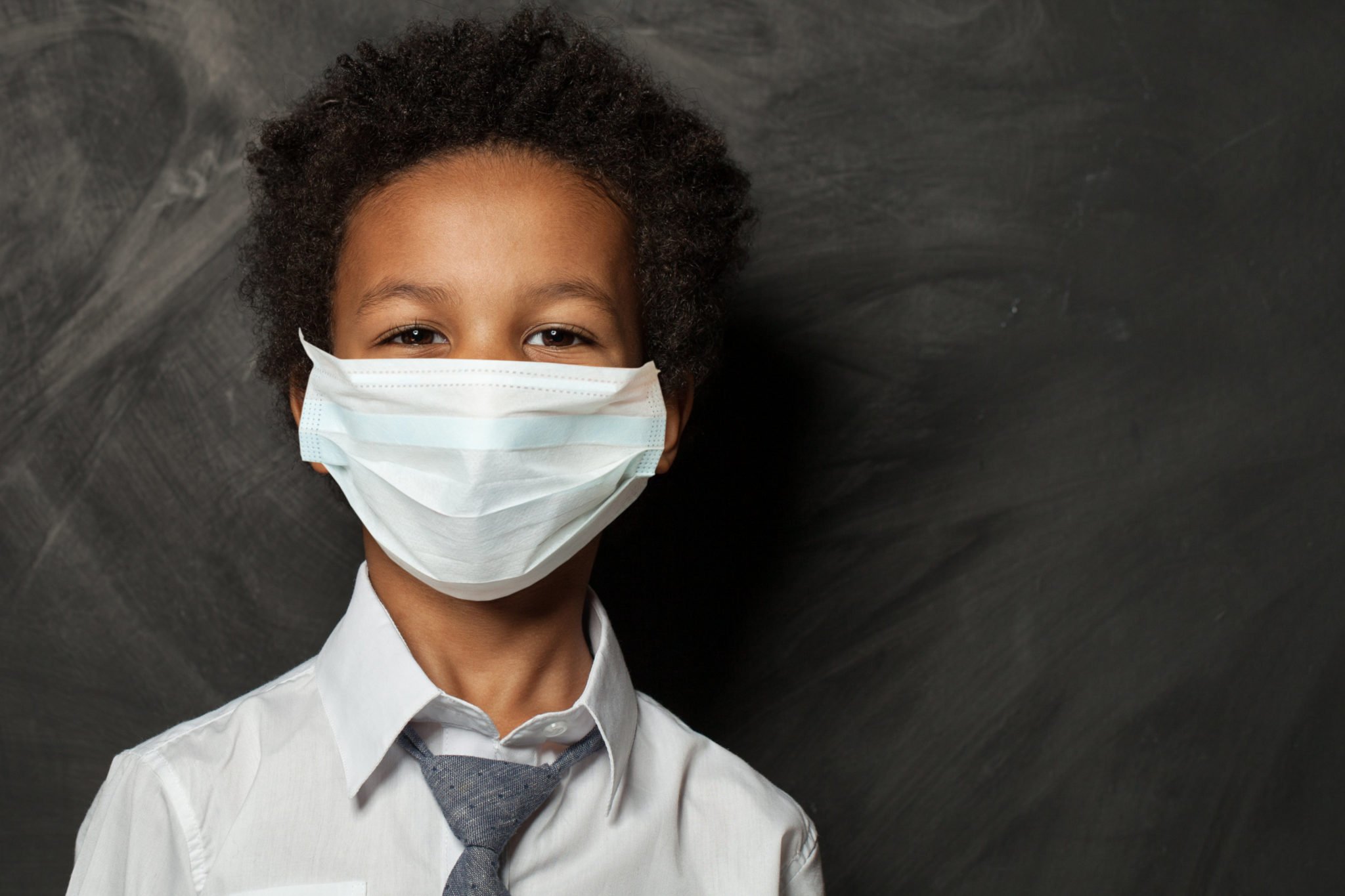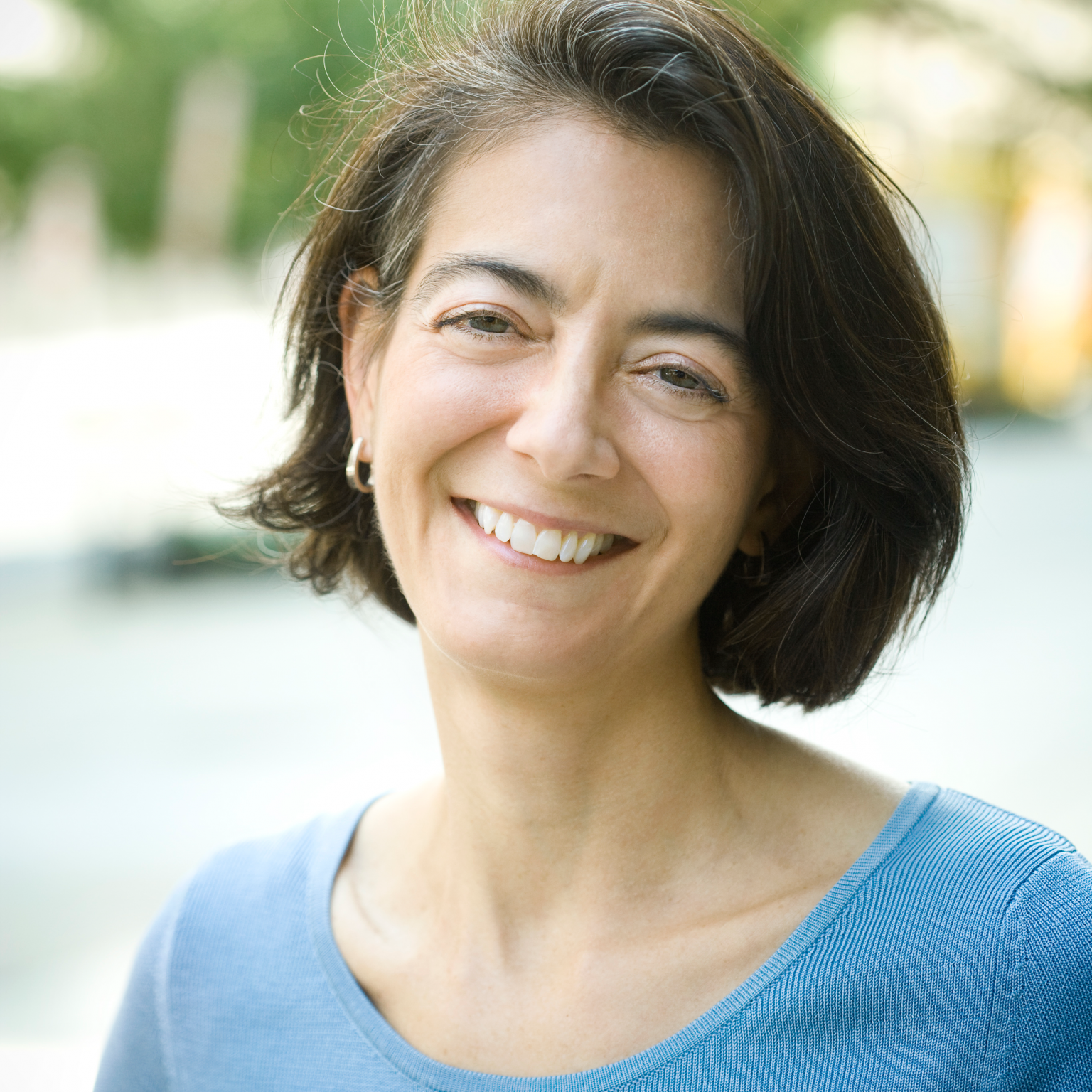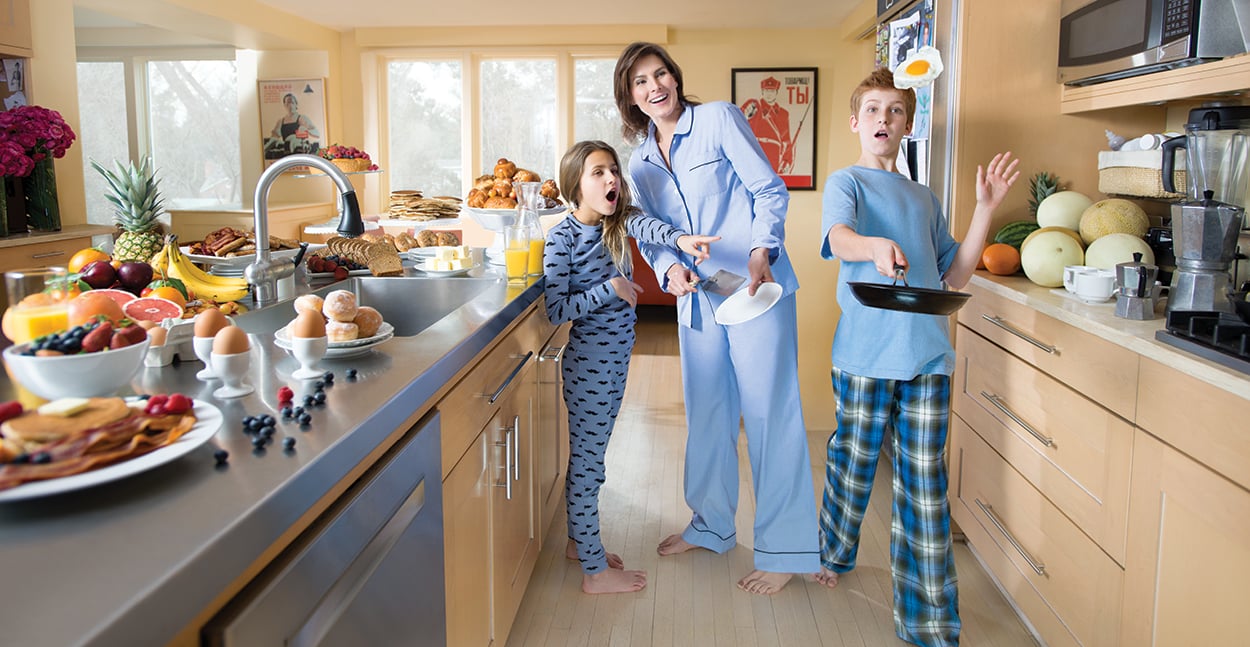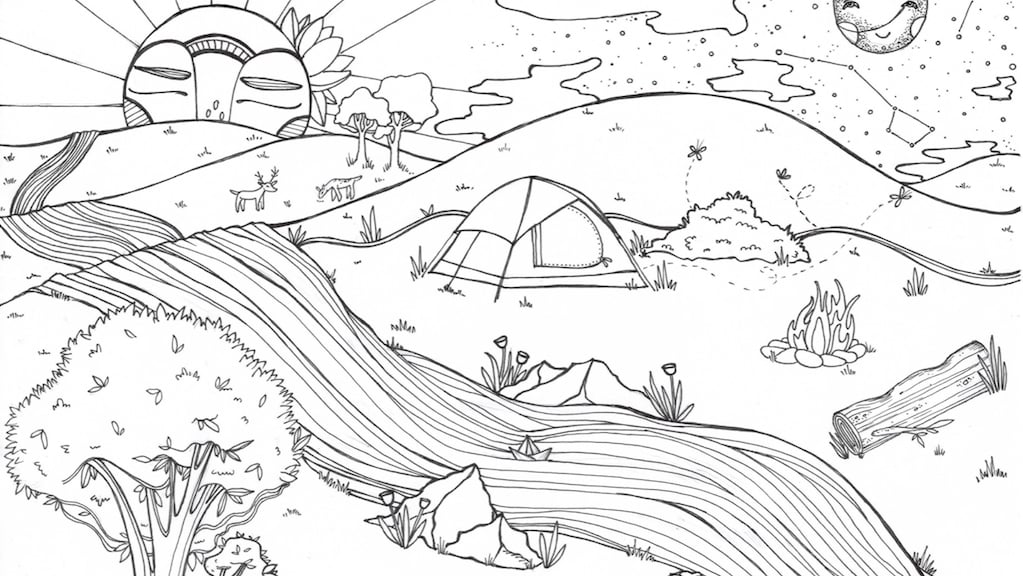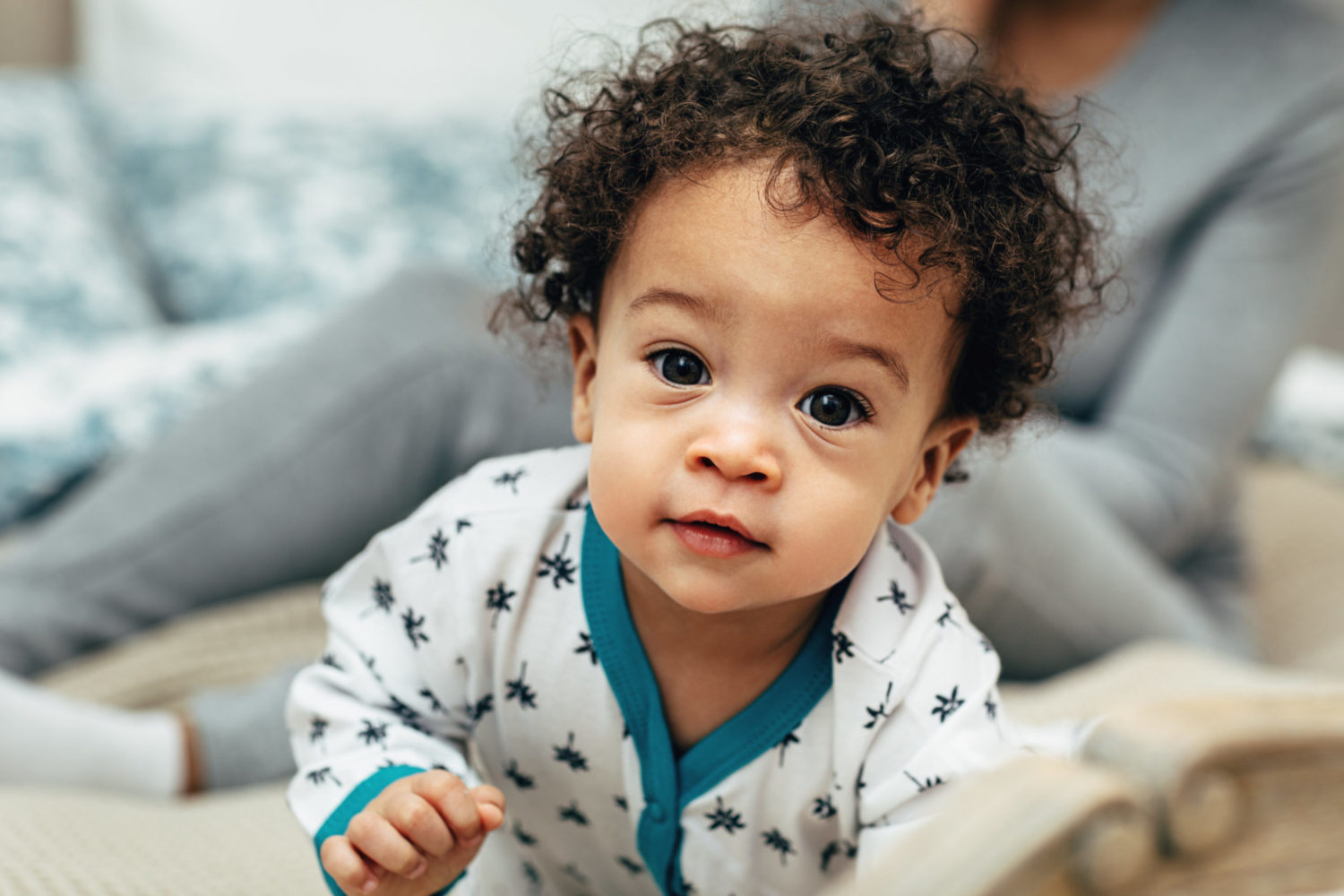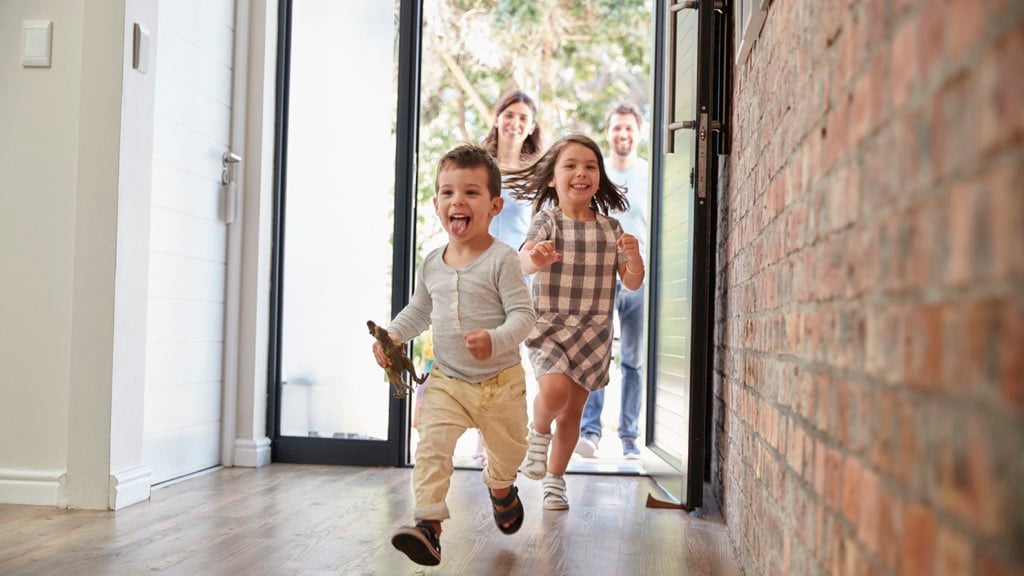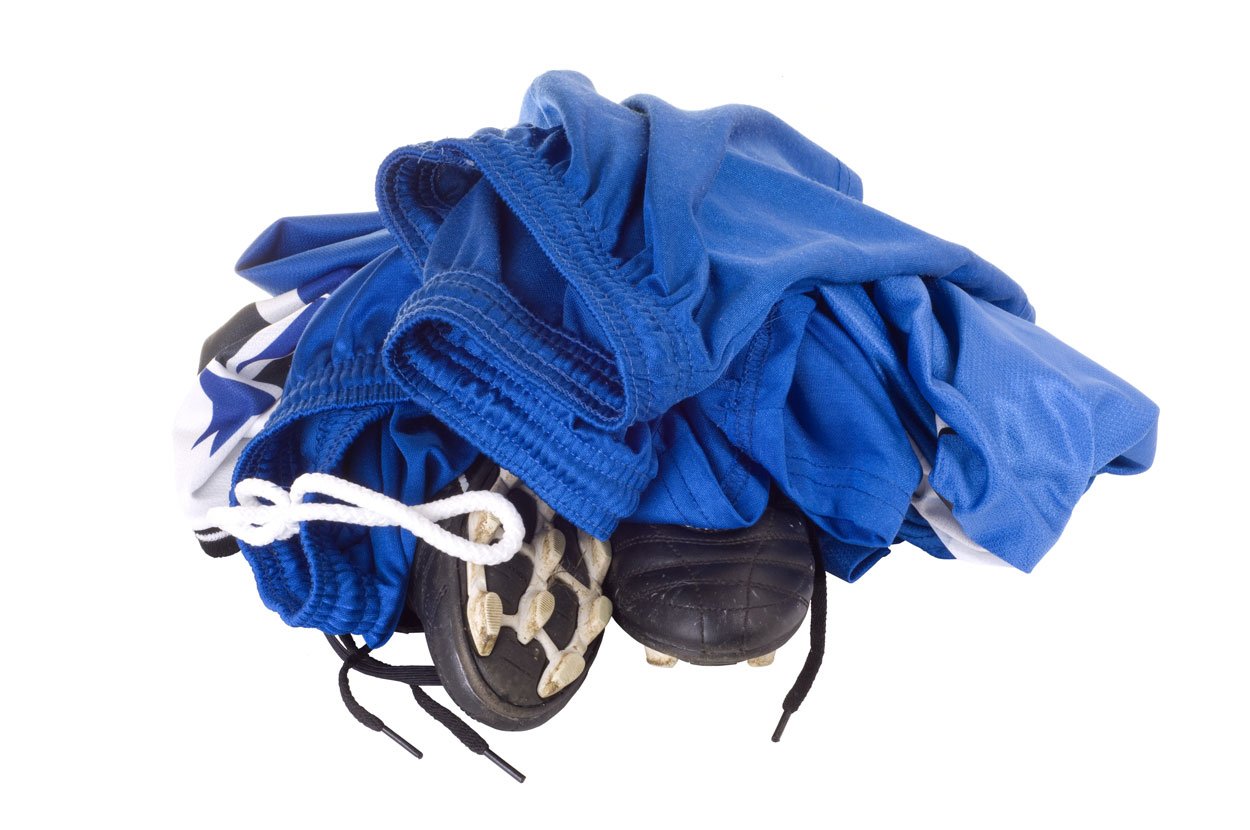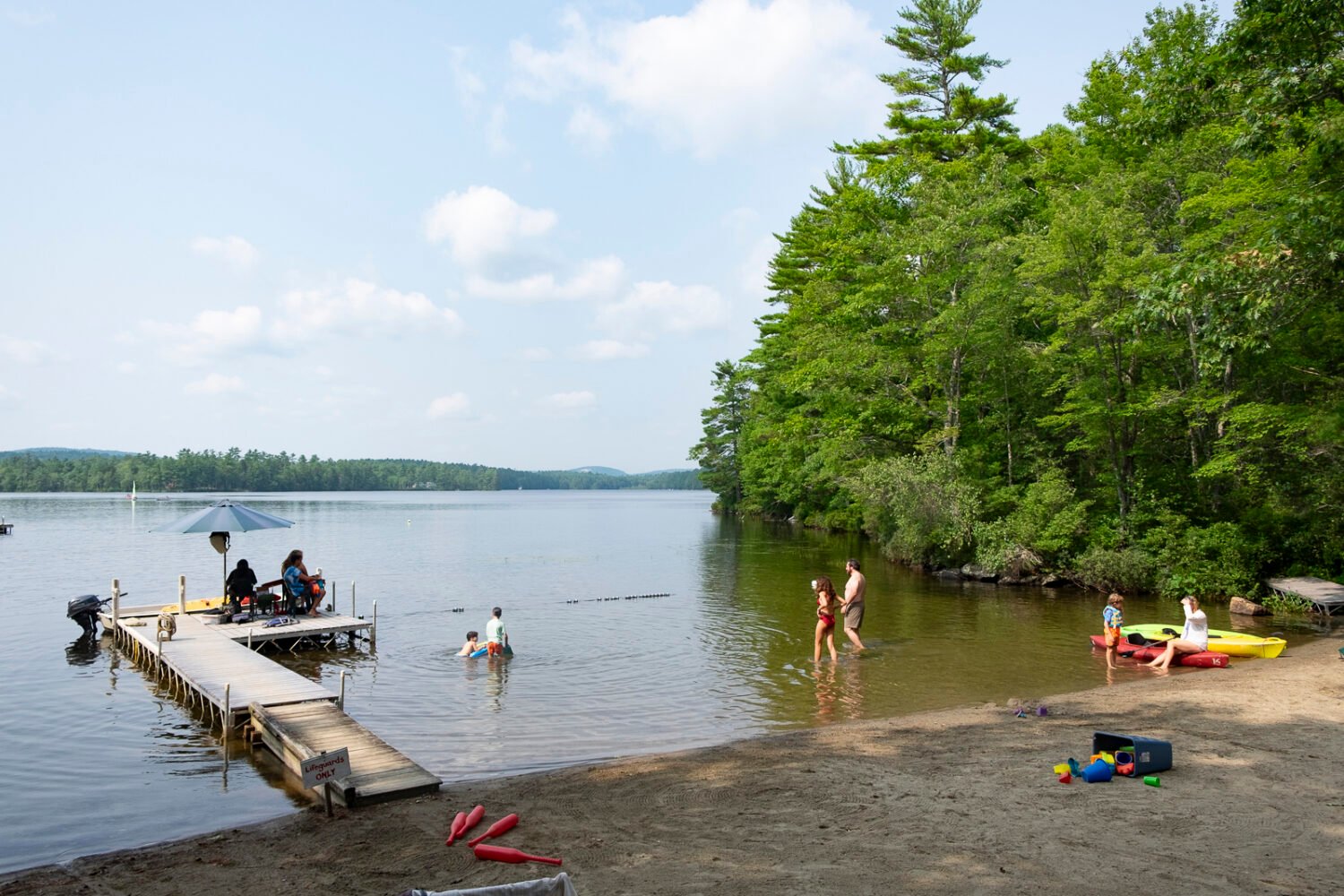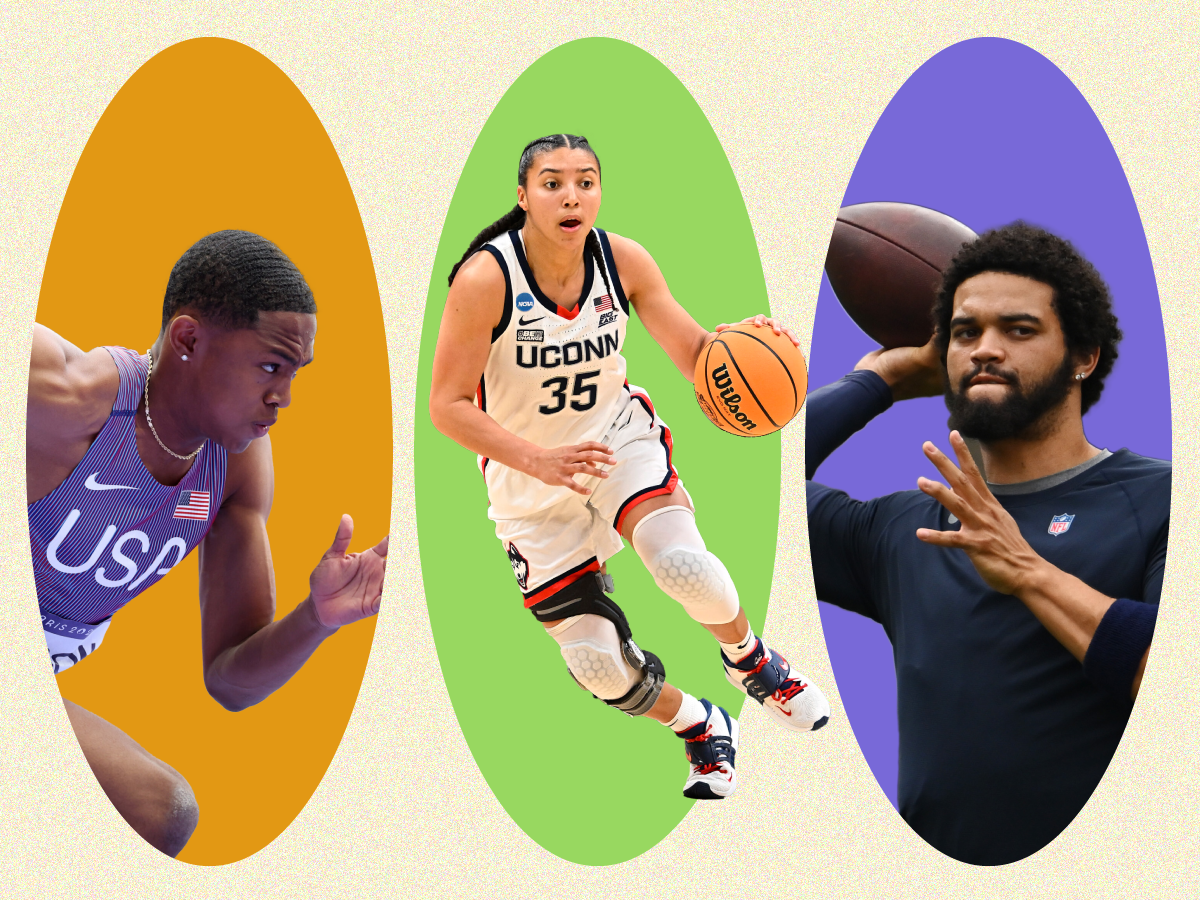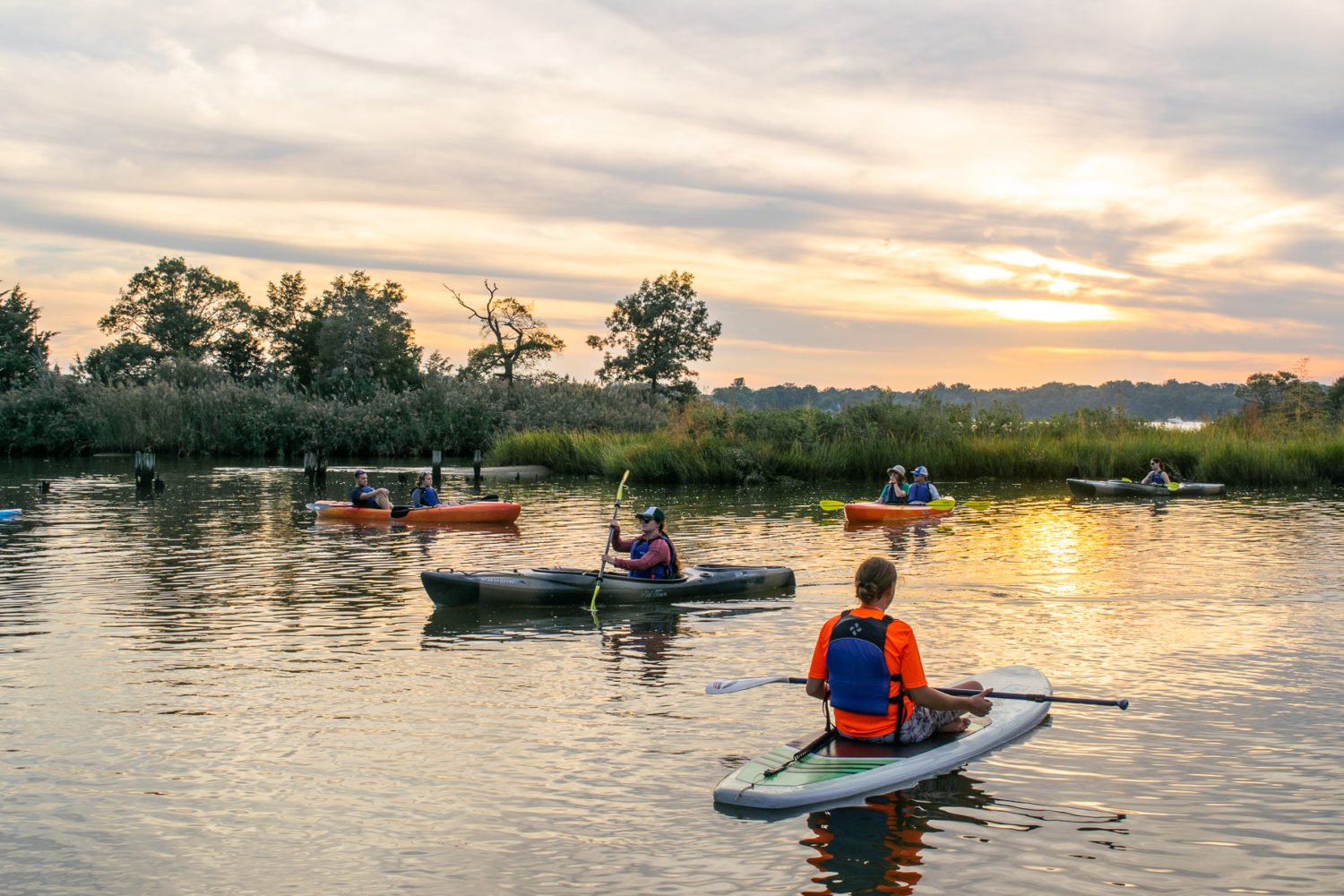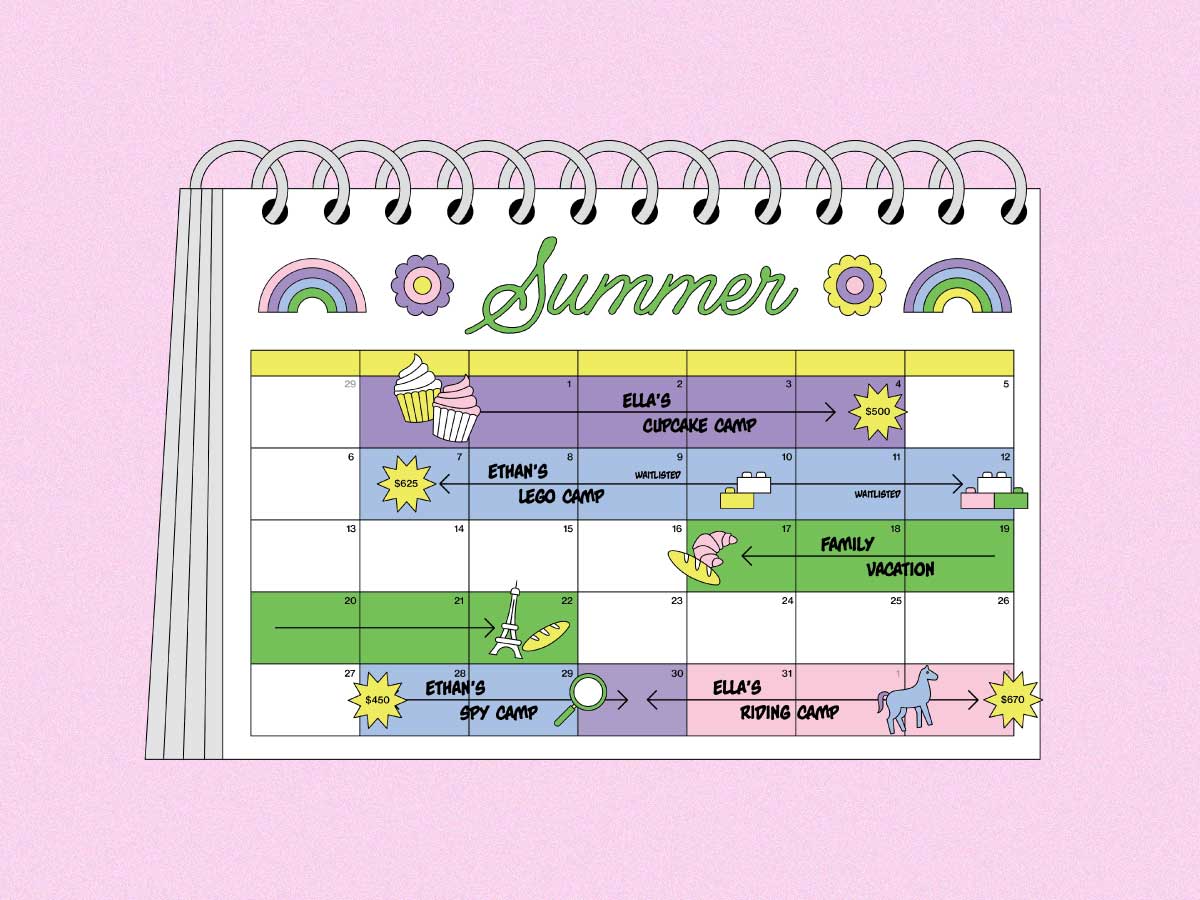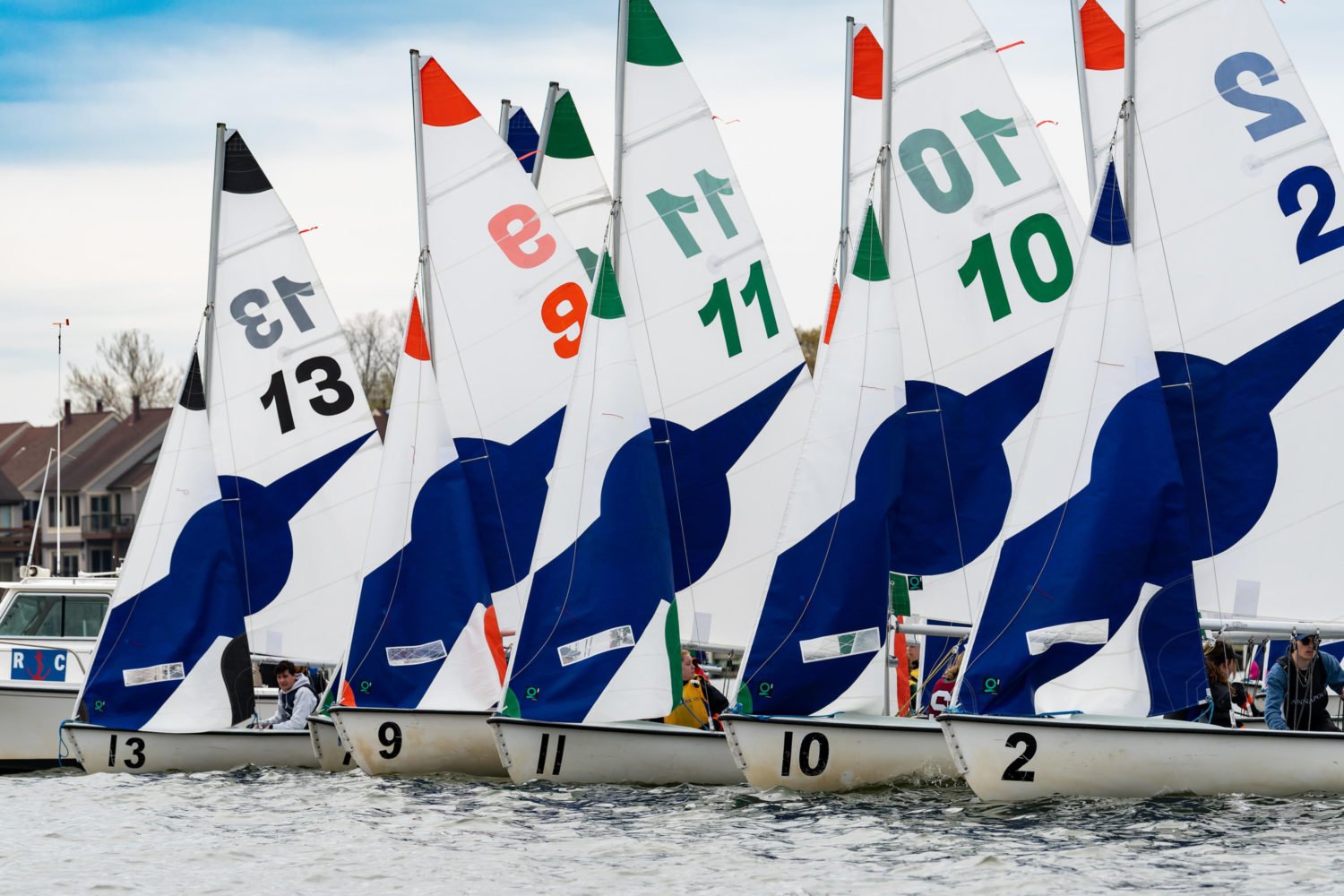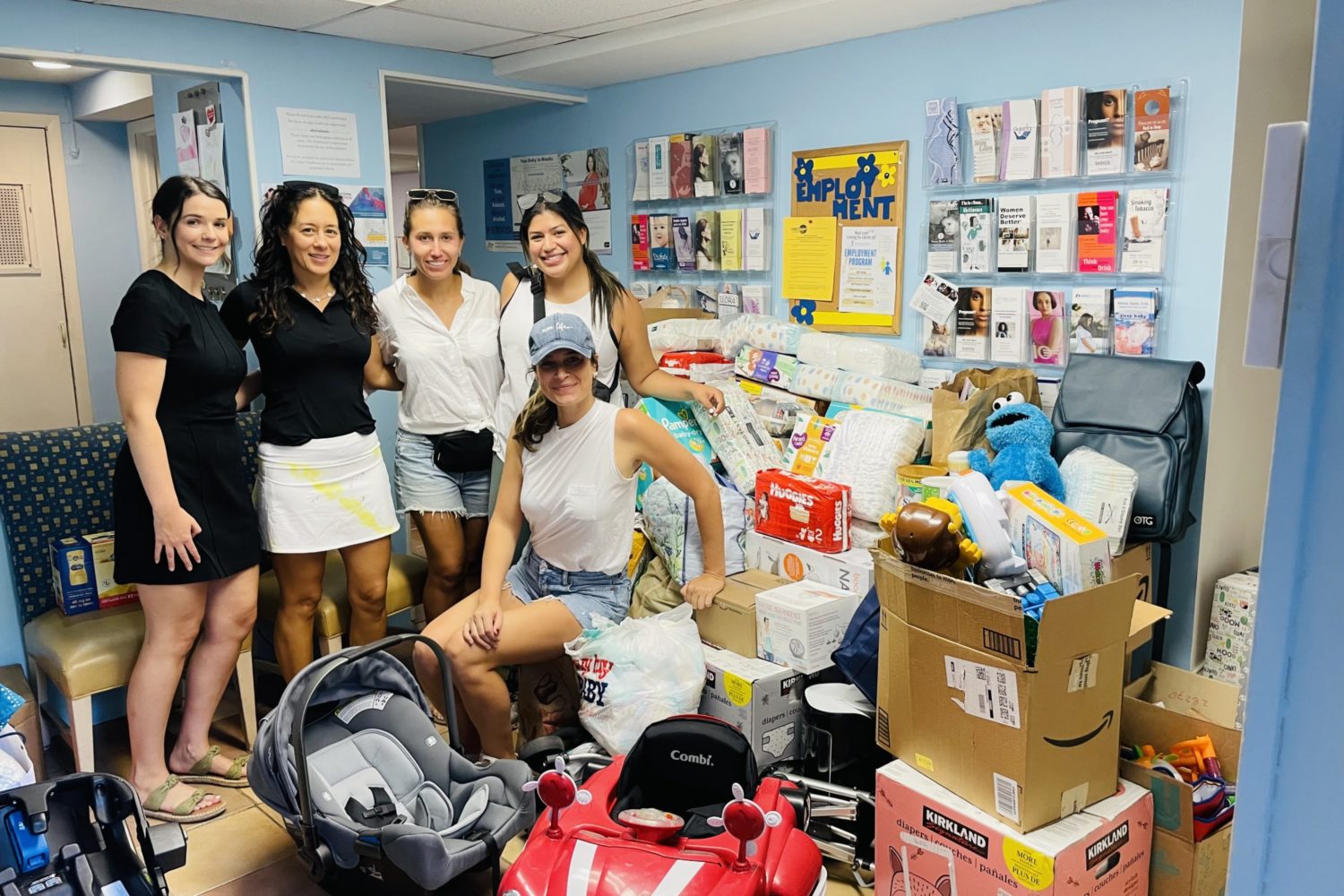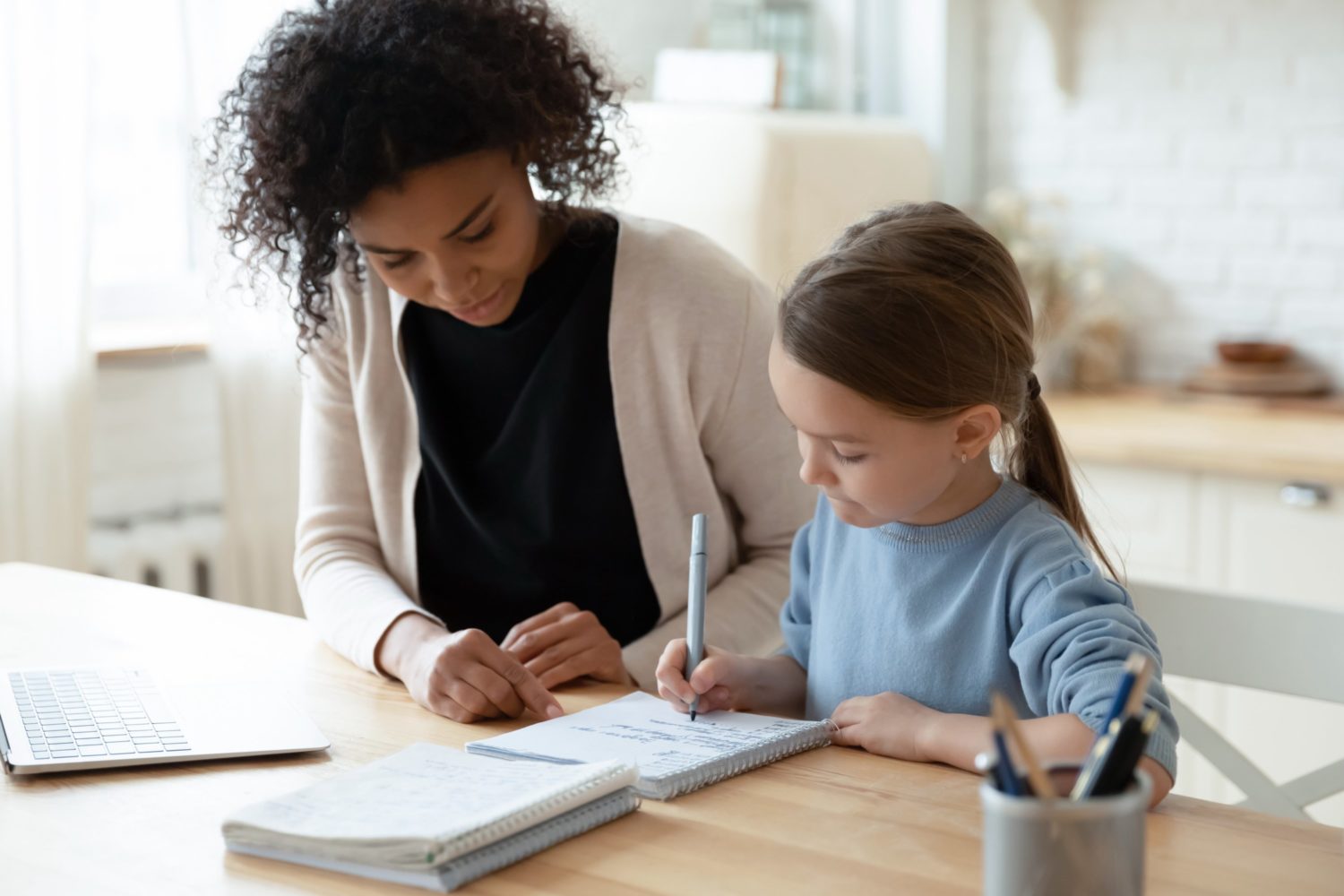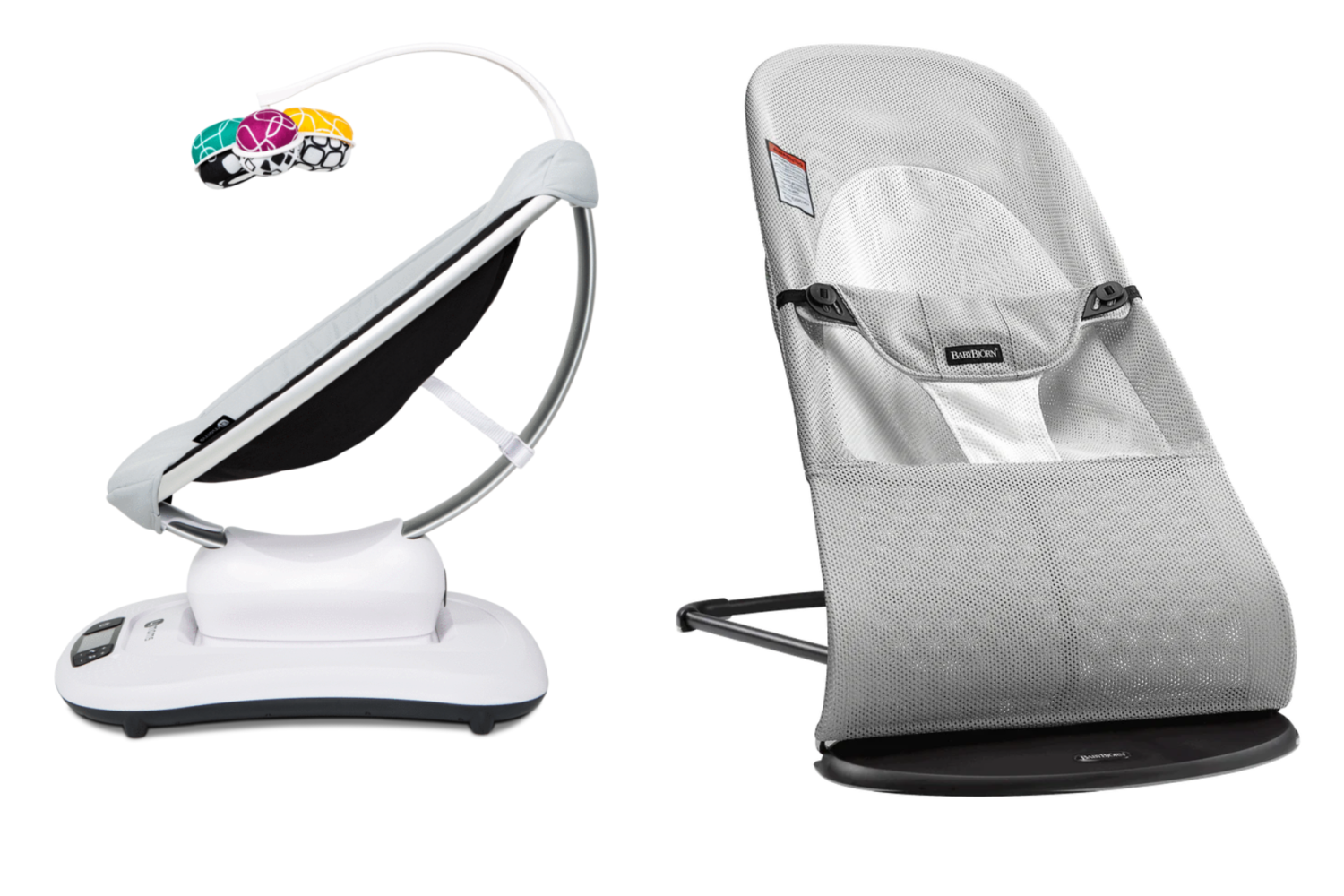In early August, five minutes after Montgomery County Public Schools posted its decision to hold virtual classes this fall, Mariana Parodi McCormick’s phone rang. Soon after, she got another call, along with several e-mails and text messages.
McCormick owns Parodi Educational Consulting & Student Advocacy, which helps parents find the right school for their child. The calls, texts, and e-mails were from parents who suddenly wanted either to set up learning pods or to apply to private schools for their children.
With less bureaucracy to answer to, private schools have always been more nimble than their public counterparts. That has now allowed them, in response to Covid-19, to quickly revamp everything from physical facilities to curricula—and in some cases to reopen for in-person teaching.
“Private schools have invested thousands and thousands to prepare for in-person learning,” McCormick says, “installing plexiglass between students and teachers, installing UV lights to kill germs at night. They’re revising their hallway plans. They’re setting up tents outside. These are all things private schools are able to do because they’re smaller. They just have great adaptability and flexibility. And to be honest, many, but not all, have the discretionary funds to tap into.”
The ability of private schools to maneuver quickly during the pandemic, compared with their public counterparts, has raised concern that children in public schools may get left behind. But while some independent institutions offer rolling admission and may have room for mid-semester transfers, many have reached capacity, with waiting lists.
“We have people who call us almost every single week,” says Suzanna Jemsby, head of school at Washington Inter-national School. “They were hoping existing families were going to drop off so they could take their space, but that has not happened.”
The demand may extend into the 2021–22 school year, McCormick says: “It’s becoming a very competitive application season.” Here are six ways private schools have changed in the wake of the coronavirus.
1. Mindful of students’ well-being, schools are building in counseling, frequent breaks, less screen time—and chances for kids to be together.
When DC’s Edmund Burke School drew up its schedule for fall—students are entirely remote for at least September and October—it put in a variety of breaks, such as ten-minute “mindfulness moments.” Says head of school Damian Jones: “We’ve built the schedule knowing that students cannot sit in front of a screen from 8 to 3. We are worried about overload.”
Students will now get more time to talk with advisers about how they’re doing, and the school psychologist will be more available than before. “This year, I think that’s going to take on greater significance,” Jones says. “We know this will have an emotional and social impact on students.”
Oneness-Family School, a Montessori academy in Montgomery County, also plans to make a learning specialist and a psychologist more available—dispatching the learning specialist to a child’s home if need be. The school hopes to keep students balanced in the first place by scheduling in play, even for those distance-learning this fall. (Like other private schools we spoke with, Oneness plans to conduct kindergarten and pre-K on-site but teach grades one through 12 remotely for now.)
“We’re building in downtime for them to do things together, whether play an online game or have lunch,” says founder Andrew Kutt. To limit screen time, one afternoon a week kids will step away from the computer to do a hands-on activity, such as a science kit. Another afternoon is reserved for in-person meetups, when pods of ten or 12 students will go on nature walks and other outings.
While Sandy Spring Friends School in Maryland is instructing all but its youngest children remotely for now, it plans to bring small groups of students to campus every three weeks for sports and other activities. “One of the things kids miss is that socialization piece,” says head of school Rodney Glasgow. “That opportunity to see kids your age and to be with them is a big win.”
2. The time students do spend on screens is being rethought.
Parents who sit through one Zoom call after another for their job and are exhausted by day’s end might worry the same could happen to their child. It’s a legitimate concern.
“A lot of what these Zoom classrooms end up being is what classrooms were 40, 50 years ago: the teacher at the front of a classroom talking to students,” says Jemsby of Washington International School, which plans a hybrid model this fall in which “red” and “blue” teams will switch off weeks they’re on the Cleveland Park or Georgetown campus versus connecting remotely. Jemsby says her teachers may instead encourage small groups of students to head to a Zoom “breakout room” to analyze and discuss the material among themselves, then come back for a larger, collaborative session.
Some schools plan more student-led sessions, in which a child presents a topic he or she is passionate about. Washington International School also has had parent-led forums, such as one in which a parent used Google Earth to give a walking tour of Paris—in French.
“There’s this quote I heard from Sal Khan of Khan Academy, that teachers need to ‘pull kids out of the screen,’ ” says Kutt. “If they’re just sitting there listening to the teacher talk, they’ll be burned out very quickly.”
3. Private schools with spacious campuses are taking advantage of them, moving as much as possible outdoors.
While many private institutions this fall are offering either remote learning or a hybrid—with students alternating days or weeks on-site—Veritas Collegiate Academy is holding full-time in-person classes five days a week for its 150 students. Having a five-acre campus in Fairfax helps.
“We have purchased extra picnic tables—we’re doing some classes there,” says Maria Elgut, who founded the Christian academy with her husband, Sean. “We’re setting up four tents to make classrooms. As long as it’s not too cold, we will have lunches and recess outside to get as much fresh air as possible. We could have as much as two hours a day outside.”
Teaching outdoors during a pandemic isn’t new: In the early 1900s, with tuberculosis raging, some American cities set up open-air classrooms. According to an article in the New York Times, children in Providence, Rhode Island, kept warm in the frigid New England winter by wrapping up in “Eskimo sitting bags” and placing heated soapstones at their feet.
4. Some private schools are benefiting from having the money they need—whether for pandemic precautions or new technology.
Most private schools we spoke with are going beyond basic Covid measures such as deep cleaning, physical distancing, and wearing masks. Edmund Burke is installing air purifiers. Oneness-Family School also bought air-purification systems for each room.
McCormick says some schools have installed touchless toilets, faucets, and soap and paper-towel dispensers. Others are setting up or subsidizing childcare for teachers who need someone to watch their own kids.
Oneness-Family School is providing a free Covid test for all students, teachers, and staff members—potentially, more than 120 tests—as they return to campus. “We aren’t requiring a test but encouraging it,” Kutt says. “We decided if we were going to encourage them to do the testing, we would pay for it. At least the first test.”
Schools have installed more TVs and cameras to live-stream lessons. In some of Veritas Collegiate Academy’s classes, a Swivl—a device that holds an iPad and rotates to follow a teacher’s movements—will let kids who have chosen to learn from home observe and participate.
Although private schools charging $30,000 or $40,000 a year may be more flush than public schools, these measures aren’t cheap. It’s why the principals we spoke with say that while they have made more financial aid available to families affected by the pandemic and may be willing to defer payments, they’re not discounting tuition.
“With Covid-19, expenses are out the roof,” says Kenneth Nysmith of Nysmith School for the Gifted in Herndon. “Even with distance learning, we still have to pay staff. And we’ll need additional cleaning staff and additional nursing staff. I’d love to reduce fees, but in order to do that, we have to reduce staff. If we reduce staff, why would a family want to come to us if we’re running a shell of a program?”
5. Private schools have always had smaller classes than public schools—and that may be an even bigger advantage in the Zoom era. It’s also making it harder to get in.
Private institutions pride themselves on low student/teacher ratios, which permit more interaction between instructor and child, and they’re trying to make sure that’s not lost when everyone is virtual. Oneness-Family School, for example, is reducing the time a teacher spends on instruction in each class block, to leave more time for one-on-one help in breakout rooms.
Most independent schools cap enrollment to maintain their student/teacher ratios, meaning that they can’t necessarily accommodate the increased interest right now. For places that do have room, business has been brisk. Veritas Collegiate Academy, which opened its Fairfax campus three years ago with plans to grow, had 80 students last year; this year’s student body numbers 150. Next year, the goal is at least 225.
“It’s been hard to help parents find private schools, with so few spaces,” says consultant Mariana Parodi McCormick. “But in some cases, I have advised parents to stay with public schools. With so much uncertainty right now, for kids, especially middle-schoolers, I’m hesitant to tell them to pull a child out, because it’s a difficult age to transfer and not know anyone.
“While any private-school distance-learning program will still be more substantial or satisfying than public-school programs, I’ve asked parents to keep in mind that public-school teachers did not have the time to prepare and did not have the resources to prepare” in the spring, adds McCormick, who has taught in both public and private schools. “Many public-school teachers have spent the entire sum-mer preparing lessons. They are doing everything they can to make sure children are moving forward.”
6. Private schools are trying to replicate not just classes but the entire educational experience virtually—including phys ed and extracurricular activities.
Remote learning hasn’t stopped Sandy Spring Friends School from slotting physical education into students’ schedules. What those sessions will always look like is unclear, but Glasgow says his phys-ed teachers may run a mix of live and video workouts.
“Extracurricular activities are in the schedule, too,” Glasgow explains. “We tried to think: What is school, really? There are other things besides classes, and we tried to have those things in the schedule.”
Edmund Burke School also has 30-minute “movement breaks” led by its phys-ed faculty during the day. And on Mondays, the schedule at the school includes not only time for students to talk with advisers but also blocks during which affinity groups—including students of color, Jewish students, and LGBTQ students—can meet virtually.
“What didn’t happen when we moved into virtual space in March,” Damian Jones says, “is we didn’t know how to replicate making space to connect the community. We took the summer to think about how to put our schedule together. We put working groups together with faculty, teachers, parents, and students. Now we have built in homerooms, time for clubs to meet, assemblies.”
For schools planning to teach in person this fall, such as Veritas Collegiate Academy, the activities also had to change. Volleyball and basketball—in which kids would be close together, touching the same equipment—are out. Fencing and dance are new.
“We’re obviously constantly evolving our processes as things evolve around us,” says Veritas’s Sean Elgut. “I’m sure there will be other changes, and I’m sure we’ll learn more as we go along. We don’t have all the answers. Nobody does.”

